Medication is not the only answer, says company behind the device
Loss of vision, pins and needles, and difficulty speaking are some of the frightening symptoms that millions of people regularly suffer just before a debilitating migraine attack.
Medication can help, from over-the-counter painkillers to strong prescription drugs, but many patients need to combine treatments, and they rarely provide complete migraine relief.
But there’s a treatment that could minimize – and in some cases even end – the use of combination drugs to treat migraines. And it’s in the form of a vibrating armband.
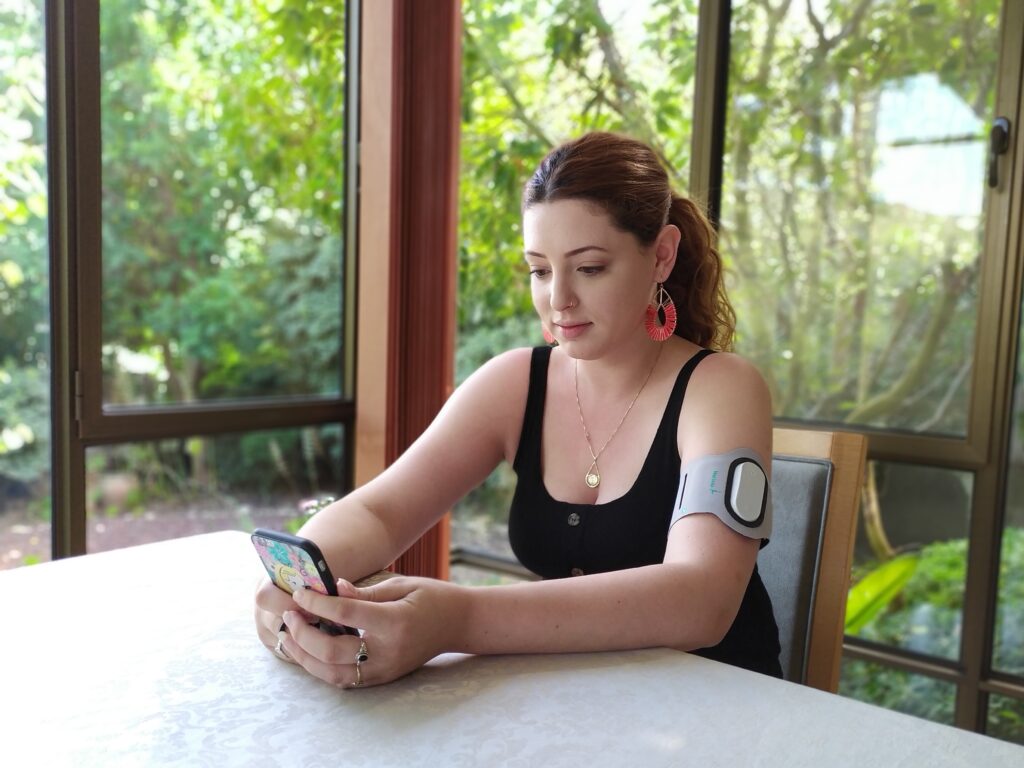
Users place the device on the upper arm as soon as the migraine starts. It vibrates at an intensity just below their pain threshold for 45 minutes.
Nerve fibers in the body deliver a message to the brain, where it decides that the sensation is harmless and releases neurotransmitters to prevent the sufferer from feeling pain.
In clinical tests, over 60 per cent of patients said the pain eased within two hours. And 35 per cent experienced complete pain freedom.
“Almost everyone has someone in their family who has suffered from migraines. And there’s a pretty wide range of treatments,” says Alon Ironi, CEO of Theranica, the company behind the device.

He says many migraine patients are unhappy with their treatment, and are prepared to accept that something other than a medicine could help.
“Pharmaceuticals are not always bad,” he says. “But by ruling out anything that is not pharmaceutical, the medical world has basically given up the hope to really make a big change in the lives of migraine sufferers.”
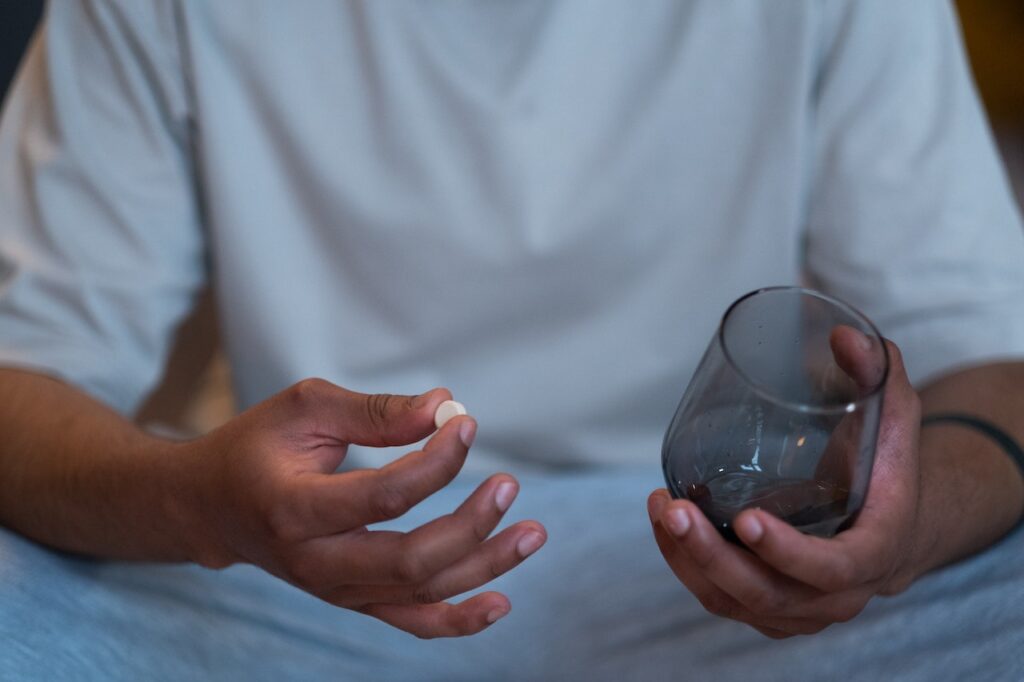
The Nerivio device connects to an app which guides the user during the first minute of a migraine to gradually raise the intensity of the stimulation on their arm from the low default level to a level just below the pain threshold.
“And then you can forget about it, and go about your daily routine, without having to pause to sit or lie down.”
The Conditioned Pain Modulation (CPM) in our brain decides which of the billions of external stimuli we experience daily is a threat.
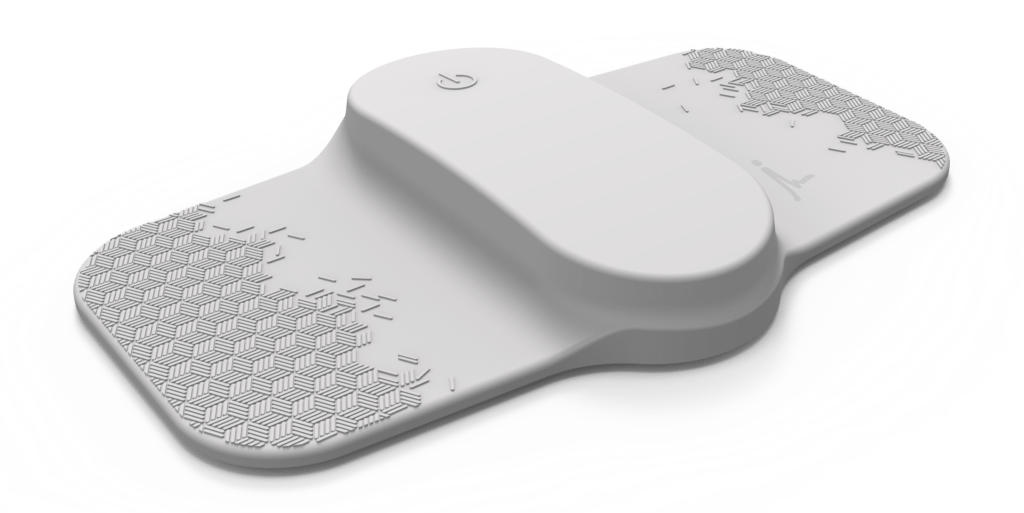
If it decides that it is not a danger, it increases the release of certain substances – neurotransmitters – that could abort the pain by temporarily blocking the body’s ability to detect painful stimuli.
The problem, says Ironi, is that many people suffering from certain neurological diseases have a CPM deficiency, so their brains cannot trigger the mechanism when they should.
“Instead of making the decision that this is a false alarm and that your brain should increase certain neurotransmitters to prevent you from feeling pain, there is an opposite response because there’s no mechanism to make that decision.
“The opposite response is amplifying, it’s hyper-sensitization, it’s ‘Oh God, this is bad, this is dangerous, so let’s amplify this in order to be very much aware of this’. And this is exactly the pathology of migraine.”
The Nerivio device specifically triggers the C-fiber and A-delta nerve fibers that transmit the ‘first-pain’ signals, like the pricking, sharp sensations felt immediately after a stimulus.

After identifying the vibrations as a false alarm, the brain releases neurotransmitters that increase the concentration of serotonin, the ‘happy chemical’.
Sign up for our free weekly newsletter
SubscribeWhen developing the Nerivio, Theranica tested several possible locations on the body.
The stimulus needed to be strong enough to create a nociceptive message – the detection of painful stimuli – without side effects, and where the energy could reach the right nerve fibers.
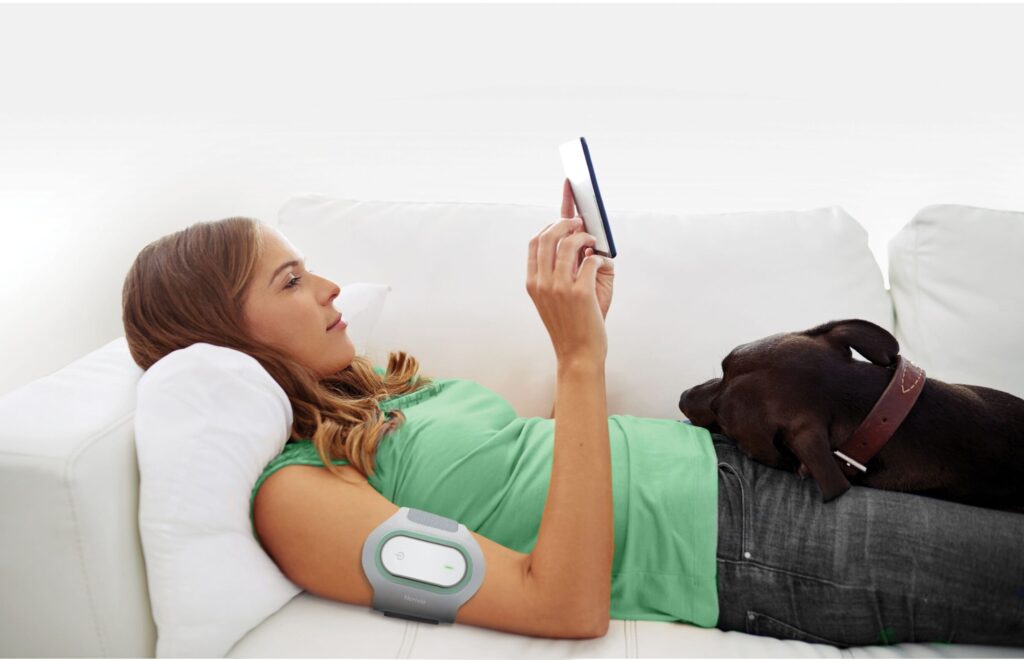
They found two suitable locations – the upper arm and lower leg – but went with the former. “From a usability standpoint, the upper arm makes a lot more sense,” says Ironi. “It’s much easier for a person to operate something on the arm than having to bend down all the time.”
Clinical studies of the device showed pain relief – the ease in the level of pain – was around 60 to 70 per cent, and varied between age groups and between chronic and episodic migraines.
The results were published in the academic journal Headache: The journal of head and face pain. Further studies were conducted on chronic, adolescent, and menstrual migraine patients.
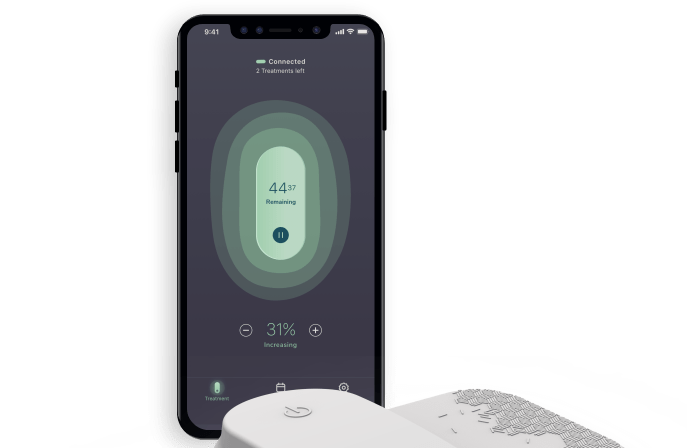
Around 35 to 40 per cent of patients experienced pain freedom – meaning within two hours, the pain completely disappeared.
“Now, that might be perceived as low. The truth is that what we actually achieved was higher than the majority of the medications – but it’s difficult to completely get rid of a migraine.
“Unfortunately, about 30 per cent of patients do not respond to the device – but this is much lower than some other medications.”
So does Theranica want to replace conventional migraine treatments, or act as a supplement?

“Both in a way, for some patients,” says Ironi. “If you’re a patient and this gives you significant relief, you don’t need anything else. But with some patients, their migraine is more complicated, and they need what is called combination therapy. So they need to use several treatments together or sequentially – and that’s perfectly okay.”
The side effects of the Nerivio are short-term, and include local numbness in the arm towards the end of the treatment, and which can last for about 10 minutes. Some people also reported temporary weakness in the arm.
The device lasts for 12 treatments, and then needs replacing. A US company collects used devices from patients to recycle them.

The Nerivio is already available in the US, where it is used by over 40,000 patients, and in Israel. It should be available in China next year.
Theranica is also working with the FDA to extend its device’s capabilities to be used as a preventative treatment, and will release a version of the Nerivio that can supply 18 treatments once it receives clearance.
Its only competitor is Cefaly, a device that is placed on the head and uses electrical signals to recruit the A-beta nerves – or touch nerve fibers – to create sensations that temporarily block local painful sensations coming from the same location. Ironi says that 65 to 70 per cent of migraine patients are hyper-sensitive to touch, and that putting a device on their head would not be very tolerable.
And unlike the Nerivio, which requires a prescription in both Israel and in the US, the Cefaly is an over-the-counter treatment.
Related posts

Editors’ & Readers’ Choice: 10 Favorite NoCamels Articles

Forward Facing: What Does The Future Hold For Israeli High-Tech?

Impact Innovation: Israeli Startups That Could Shape Our Future




Facebook comments